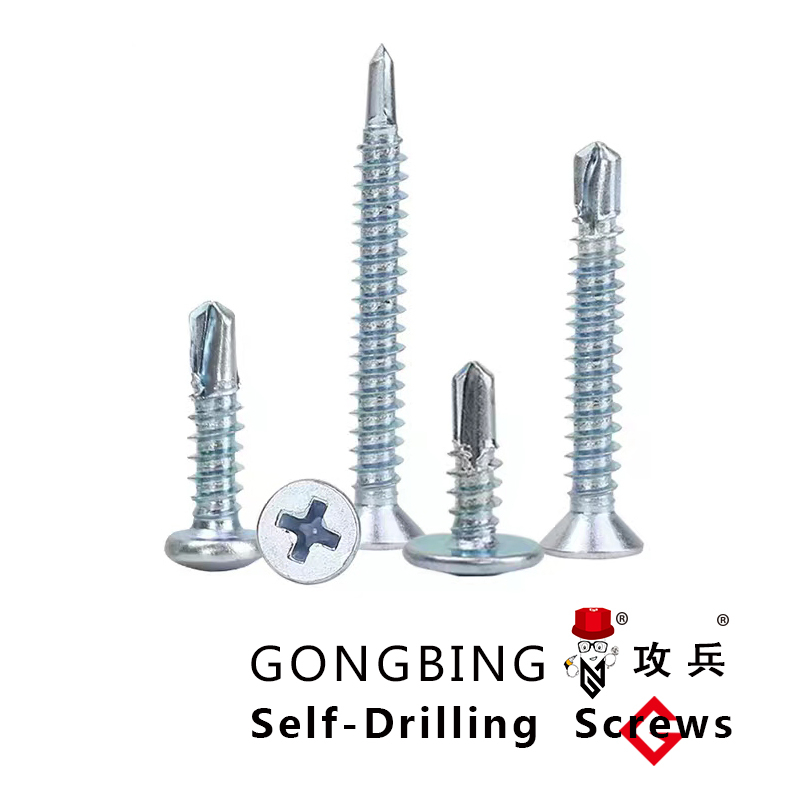Exploring the Importance and Application of Shield Bolts in Structural Integrity and Design
The Significance of Shield Bolts in Structural Integrity
In the realm of engineering and architecture, the strength and durability of structures are paramount. Among the myriad components that contribute to this strength, shield bolts stand out as crucial elements in ensuring the structural integrity of various constructions, ranging from bridges and buildings to machinery and equipment. This article delves into the importance of shield bolts, covering their design, applications, and the science behind their effectiveness.
What are Shield Bolts?
Shield bolts are specialized fasteners designed to secure two or more components together, providing resistance against forces that could lead to structural failure. Unlike standard bolts, shield bolts often have unique features such as a wider head and a threaded shaft that allows for enhanced grip and load distribution. This design is particularly beneficial in applications where high shear forces are present, ensuring that the connected elements remain firmly in place even under substantial stress.
Applications of Shield Bolts
Shield bolts are employed in a variety of applications across numerous industries. One of the most critical uses is in the construction of large-scale infrastructure, such as bridges and tunnels, where they help ensure that key components remain securely anchored. In the automotive and aerospace industries, shield bolts are essential for assembling components that must endure vibration and dynamic loads. Additionally, they are commonly used in heavy machinery, where equipment reliability can be a matter of safety.
Furthermore, shield bolts are frequently utilized in renewable energy sectors, especially in wind turbine assembly. The immense forces generated by wind turbines necessitate robust fastening solutions; shield bolts fit this need, providing stability and longevity to these critical energy sources. Their resilience to environmental factors such as corrosion and extreme temperatures further underscores their importance in demanding applications.
The Science Behind Shield Bolts
shield bolts

The effectiveness of shield bolts is primarily attributable to their design, which allows them to distribute forces evenly across the connected components. This distribution is critical in preventing localized failure, which can occur if a standard bolt is used in a high-stress environment. Shield bolts often feature enhanced materials—such as high-strength steel or corrosion-resistant alloys—which make them suitable for demanding conditions.
Additionally, the installation of shield bolts requires precision; the proper torque must be applied to achieve the desired clamping force without over-tightening, which can lead to bolt failure. Engineers and technicians must adhere to strict guidelines when installing these fasteners to ensure optimal performance throughout the lifespan of the structure or machinery they support.
Future Trends and Innovations
As industries evolve, so do the materials and designs used in fasteners like shield bolts. Innovations in metallurgy have led to the development of lighter and stronger materials, allowing for increased performance without compromising on strength. Furthermore, advancements in manufacturing processes, such as 3D printing and coating technologies, are paving the way for more efficient production methods and enhanced durability.
The integration of smart technology into shield bolts is also on the horizon. Smart sensors could be embedded into these fasteners to monitor their condition in real-time, providing valuable data to engineers regarding stress levels, fatigue, and potential failure points. This proactive approach could significantly enhance maintenance strategies, reducing the risk of catastrophic failures and prolonging the lifespan of structures.
Conclusion
In conclusion, shield bolts are vital components that play a critical role in maintaining the structural integrity of various applications. Their unique design and robust materials enable them to withstand significant forces, making them essential in high-stress environments. As technology continues to advance, the evolution of shield bolts promises even greater performance and reliability, paving the way for safer and more durable structures in the future. Whether in construction, aerospace, or renewable energy, the importance of these fasteners cannot be overstated, securing our infrastructure and machinery for generations to come.
-
Weatherproof Plastic Expansion Anchors for OutdoorWararkaJun.06,2025
-
Sustainability in the Supply Chain: Eco-Friendly TEK Screws ProductionWararkaJun.06,2025
-
Load-Bearing Capacity of External Insulation FixingsWararkaJun.06,2025
-
Double Head Bolts: Enhancing Efficiency in Industrial MachineryWararkaJun.06,2025
-
Corrosion Resistance in Chipboard Screws: Coatings for Wholesale DurabilityWararkaJun.06,2025
-
Butterfly Toggle Bolts : Enhancing Structural ResilienceWararkaJun.06,2025
